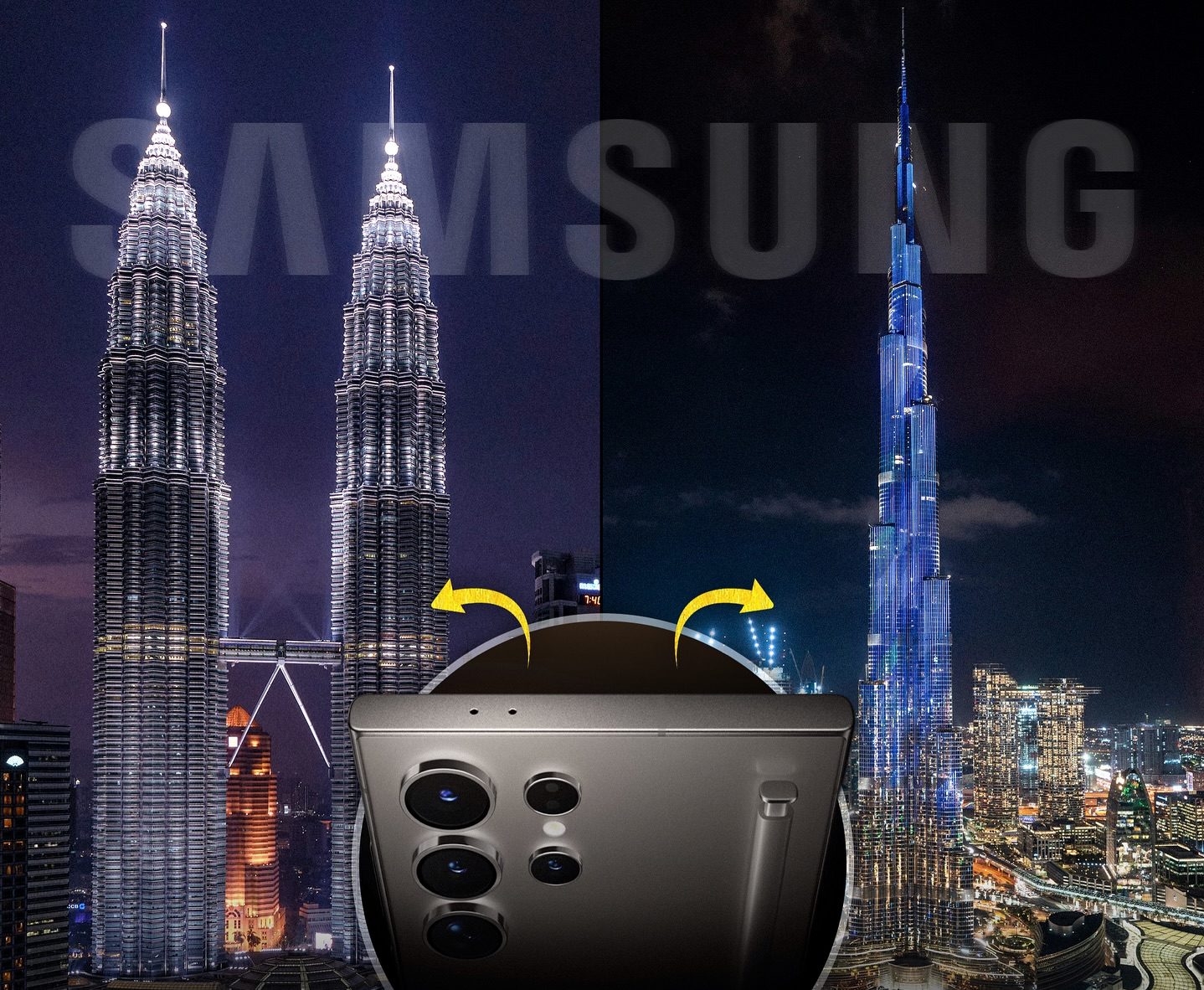From Missiles to Microwaves and Tires to Restaurant Stars — Companies That Make Wildly Different Things at the Same Time
Companies That Make Wildly Different Things at the Same Time
It’s easy to think of companies as one-track operations. When we see the Apple logo, we imagine iPhones, or when we think of Nike, it’s sneakers and sportswear. But some of the world’s biggest corporations quietly run empires that stretch far beyond what their public image suggests. They juggle industries that seem worlds apart, from military technology to kitchen appliances, or from car engines to curry sausages. And often, they do it under the very same logo. These stories are reminders that innovation, diversification, and sometimes a touch of irony, are all part of building global business giants.
Raytheon — Patriot Missiles | Microwave Oven
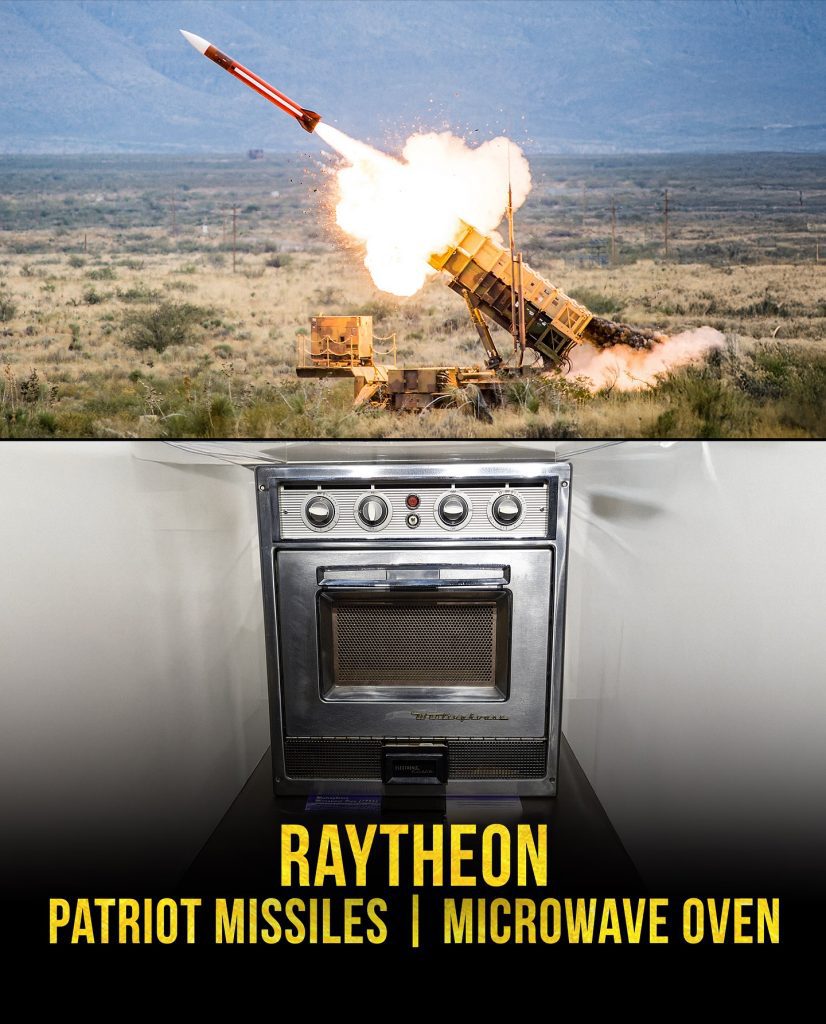
Raytheon is most famously associated with defense. Its Patriot missile defense systems have become a symbol of modern warfare, deployed by militaries worldwide. But here’s the twist: Raytheon also gave the world the microwave oven. Back in 1945, one of the company’s engineers, Percy Spencer, noticed that radar technology could heat food when he found a melted chocolate bar in his pocket after standing near magnetron equipment. This led to the invention of the microwave, an appliance that revolutionized kitchens globally. It’s fascinating to think that the same company responsible for precision missiles also helped us heat leftovers in seconds.
Rolls-Royce — Jet Engines | Luxury Cars
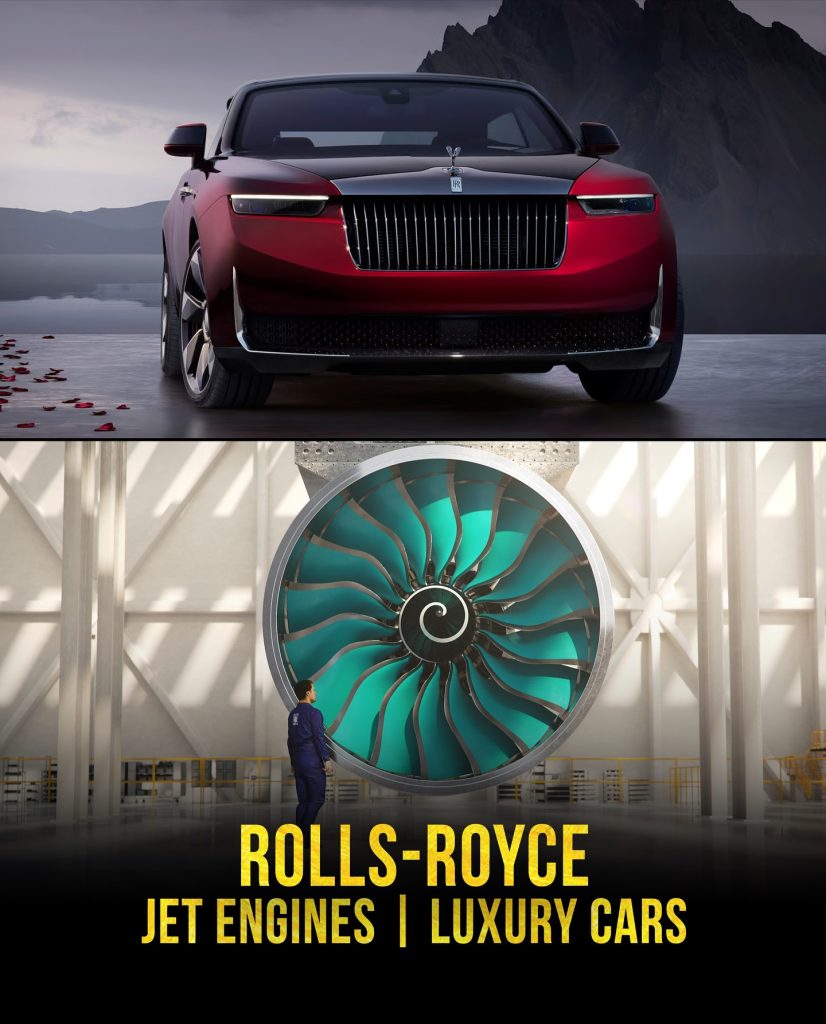
When people hear the name Rolls-Royce, they immediately picture the gleaming luxury cars that have long symbolized wealth and elegance. But Rolls-Royce’s reach goes far beyond the auto industry. The company also happens to be one of the leading producers of jet engines for commercial and military aircraft. For decades, Rolls-Royce has powered airlines and air forces with its advanced aerospace engineering. The contrast couldn’t be more striking: one branch caters to billionaires riding in comfort, while the other keeps millions of passengers safely in the skies. It’s a perfect example of how a brand can master both luxury and heavy industry.
Samsung — Ships | Smartphones
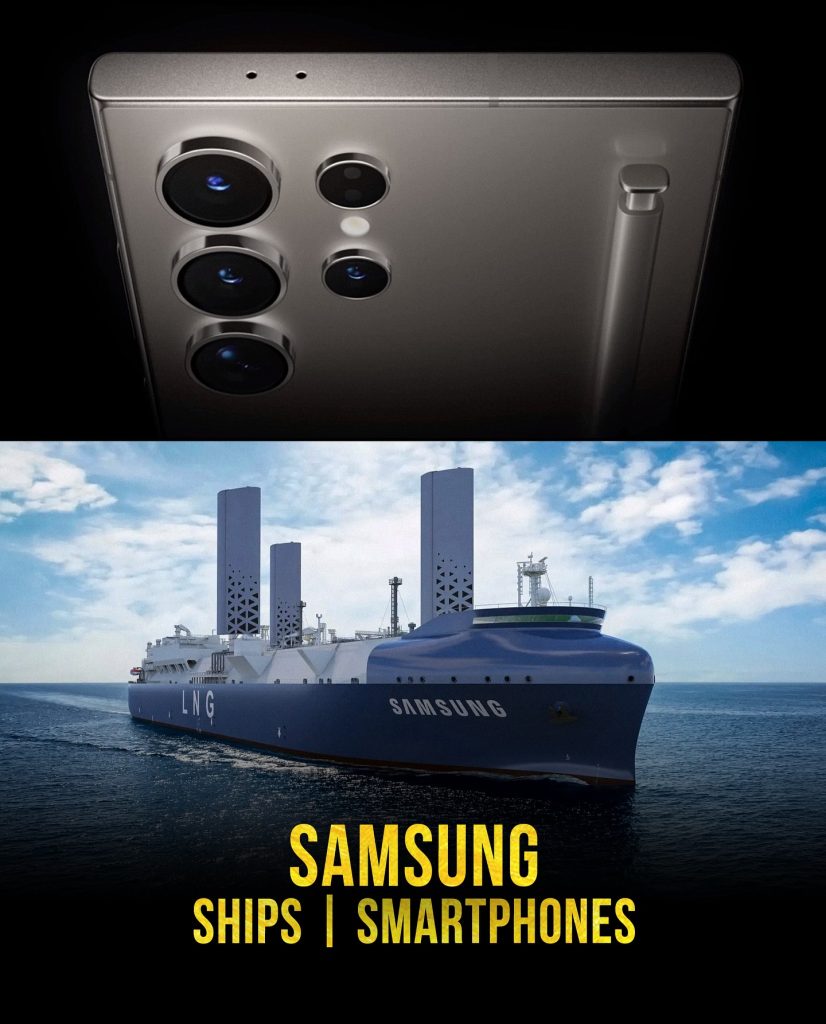
Samsung is best known today as a global smartphone leader, shipping over 200 million devices a year. But the Korean chaebol (conglomerate) has an empire that includes far more than electronics. Samsung Heavy Industries is one of the largest shipbuilders in the world, constructing massive LNG carriers and even oil drilling platforms. On one hand, you have sleek Galaxy phones that fit in the palm of your hand. On the other, you have industrial-scale ships weighing hundreds of thousands of tons. Together, they show the massive scale at which Samsung operates, shaping both daily consumer life and global trade.
Michelin — Tires | Restaurant Stars
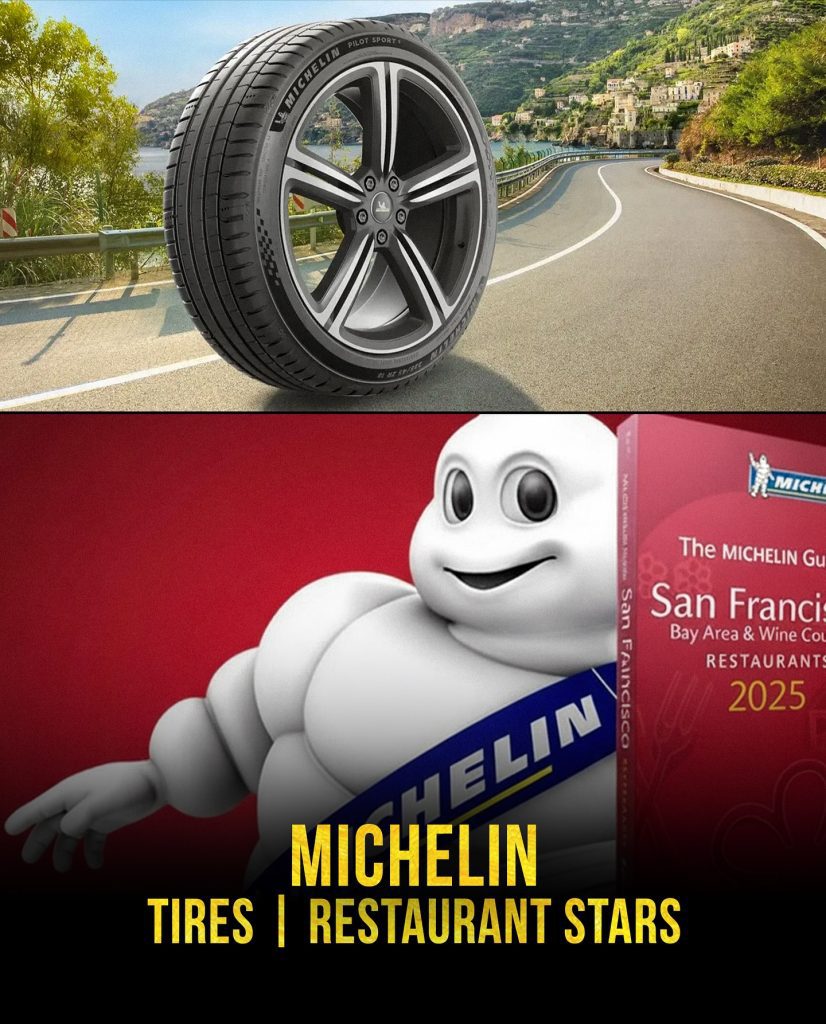
Michelin is a brand most of us associate with tires. Its chubby white mascot, Bibendum (the Michelin Man), is one of the most recognizable corporate icons ever. But Michelin has another side that may surprise you: it runs the world’s most prestigious restaurant rating system, the Michelin Guide. Started more than a century ago as a way to encourage motorists to drive more — and thus wear out their tires faster — the guide evolved into the gold standard of fine dining. Today, earning Michelin stars can make or break a restaurant. The idea that the same brand judges both road safety and haute cuisine is almost unbelievable, yet it shows how a simple marketing idea turned into a cultural institution.
Northrop Grumman — B-2 Spirit | USPS Mail Truck
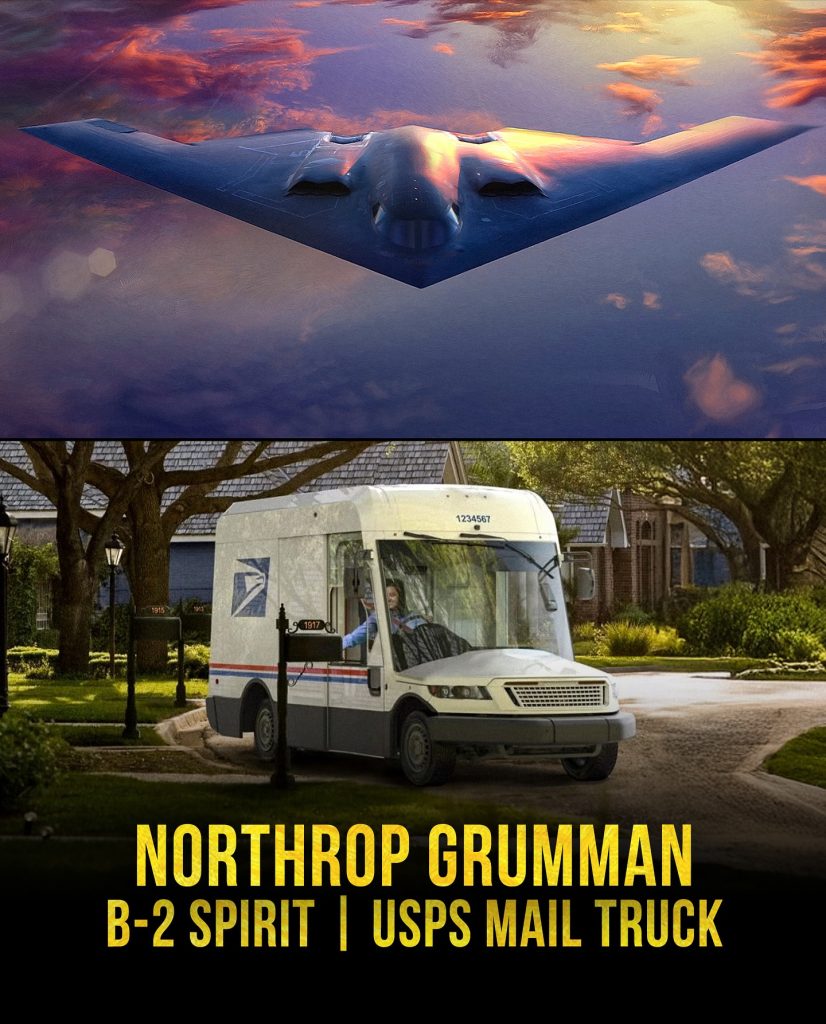
Northrop Grumman is synonymous with stealth and cutting-edge military aviation. The B-2 Spirit stealth bomber, with its sleek, flying-wing design, is one of the most advanced aircraft ever built. But alongside that, the company has also been responsible for something much more ordinary: USPS mail trucks. The same engineering powerhouse that builds billion-dollar stealth bombers also designed vehicles that deliver everyday letters and packages across American neighborhoods. It’s a reminder that high-level aerospace expertise can also be applied to something as routine as mail delivery.
Yamaha — Motorcycles | Pianos
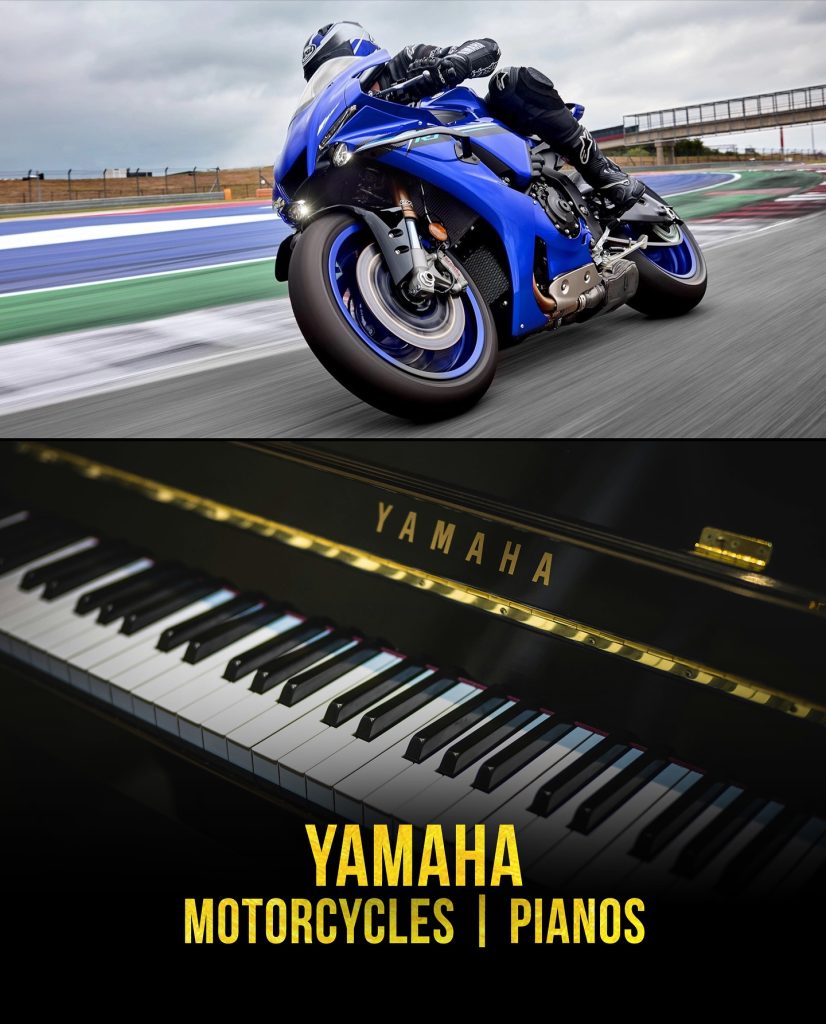
Few companies have a portfolio as diverse as Yamaha. On one end, they manufacture some of the most powerful and stylish motorcycles in the world, known for speed and engineering excellence. On the other, Yamaha is also a giant in the music world, producing everything from grand pianos to synthesizers. This dual identity comes from the company’s origins: Yamaha was first a musical instrument maker before expanding into motor vehicles. The iconic tuning fork logo represents this musical heritage, even when plastered on the side of a roaring superbike. The blend of adrenaline and artistry makes Yamaha’s story particularly unique.
Volkswagen — Cars | Currywurst
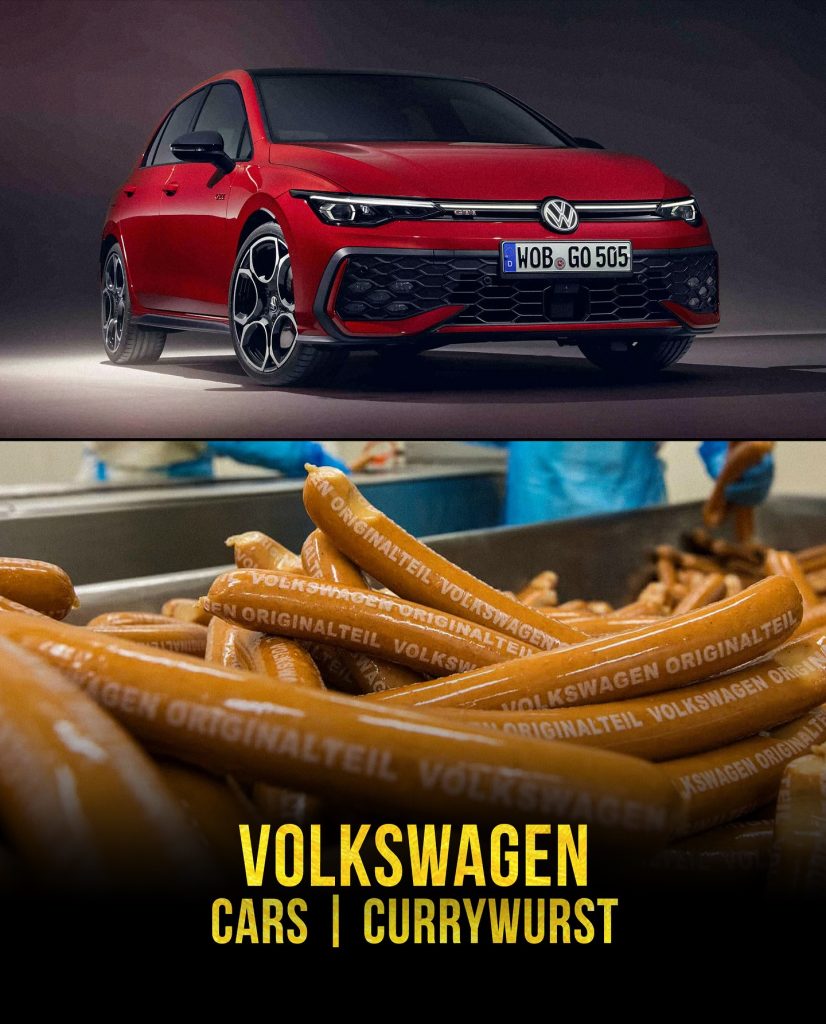
Volkswagen is Europe’s largest carmaker, famous for models like the Golf and Passat. But for decades, it has also been one of the largest producers of currywurst, a type of German sausage. Originally created in the 1970s as cafeteria food for factory workers, VW’s currywurst became so popular that the company began selling it commercially, branding it as an official Volkswagen product. In fact, in some years, VW has sold more sausages than cars — at one point producing 8.5 million currywursts in a single year. It’s a quirky reminder that sometimes a company’s side product can become just as iconic as its main business.
These examples remind us that big companies often defy neat categories. The logo you see on your phone, your car, or your tires might also stand behind an aircraft, a ship, or even a sausage. For these corporations, diversification isn’t just strategy — it’s survival and dominance in multiple worlds at once. Whether it’s Michelin shaping both the road and fine dining, or Samsung balancing ships and smartphones, these stories show how business empires expand in directions no one would expect. And sometimes, that unpredictability is exactly what makes them so fascinating.

